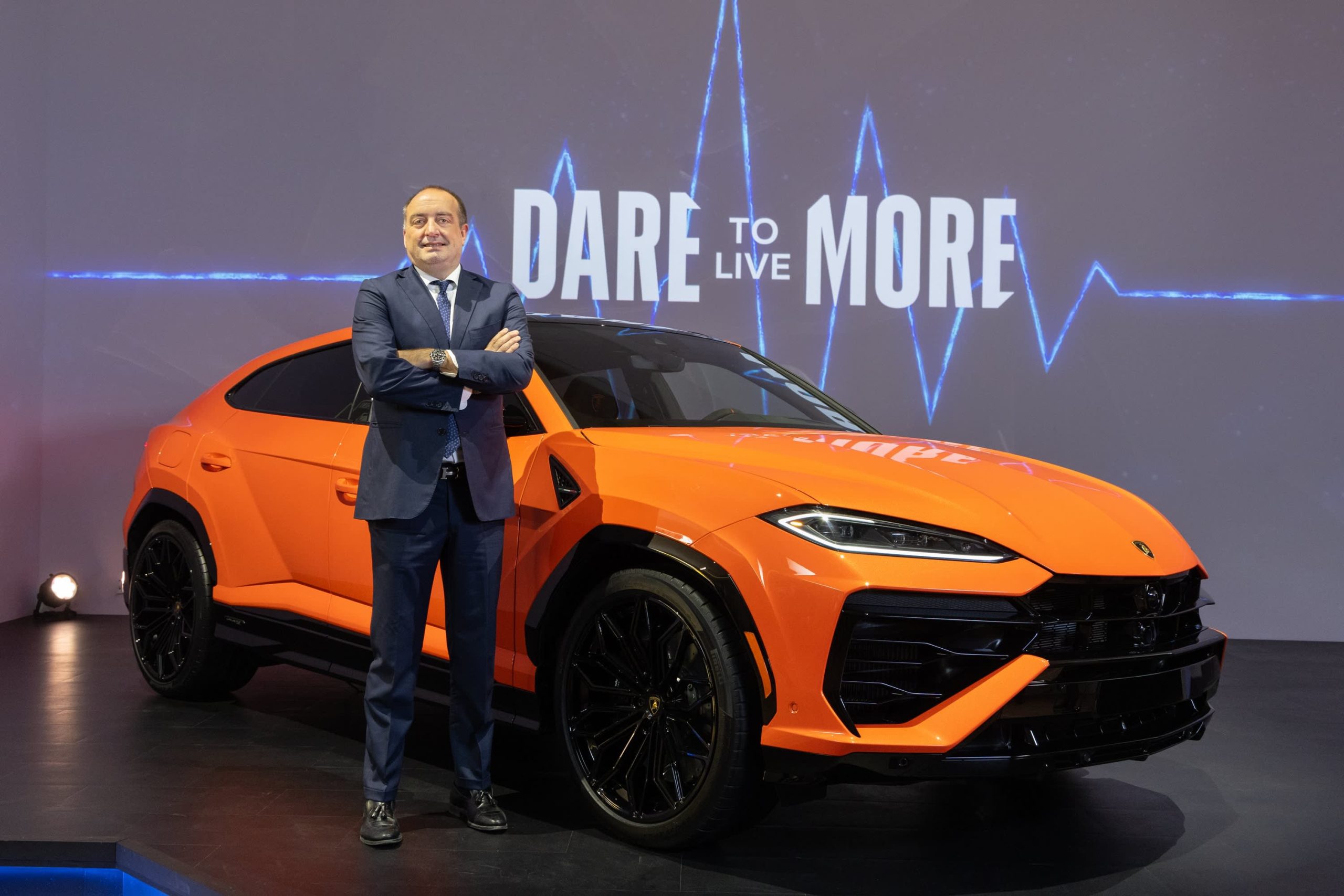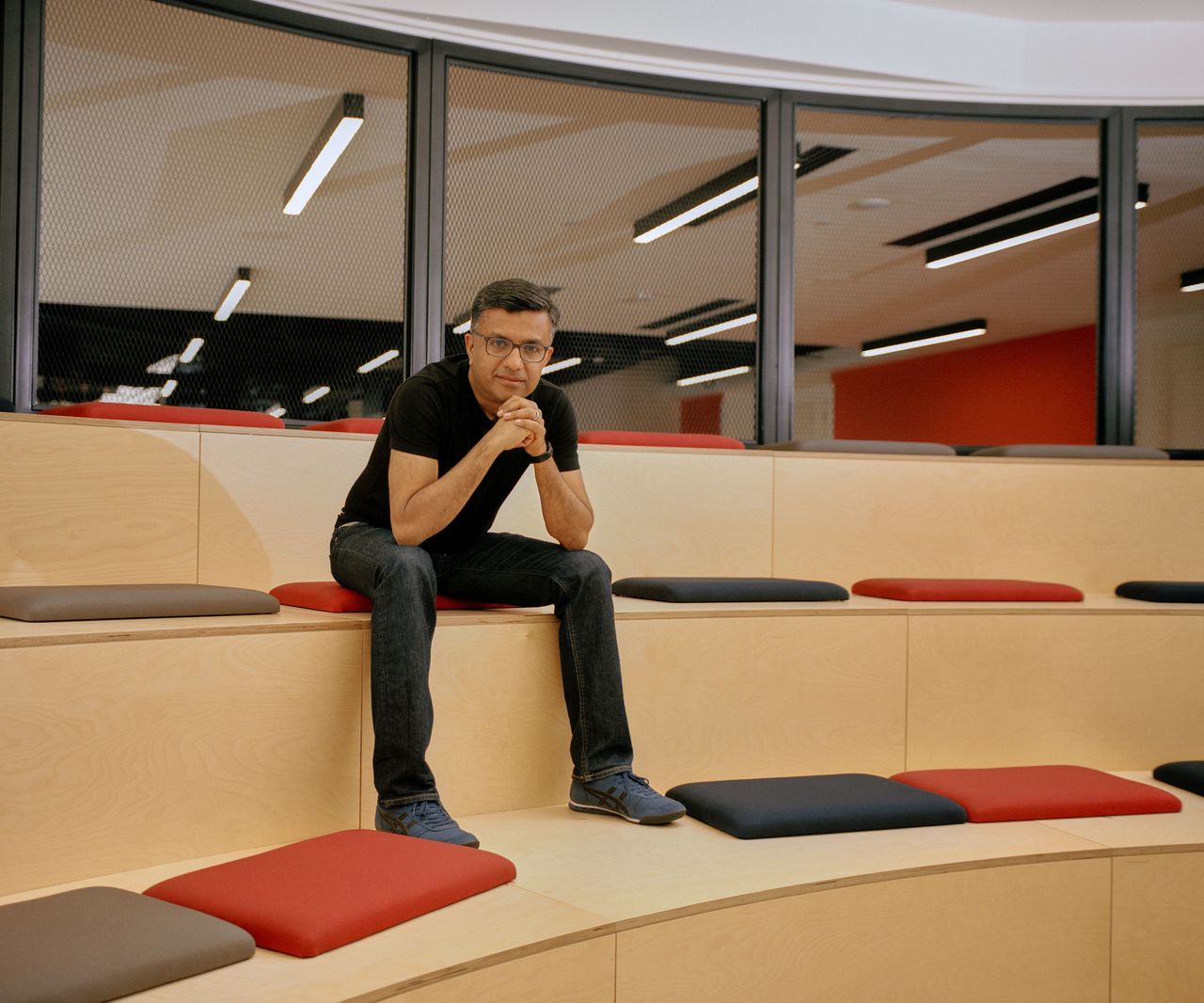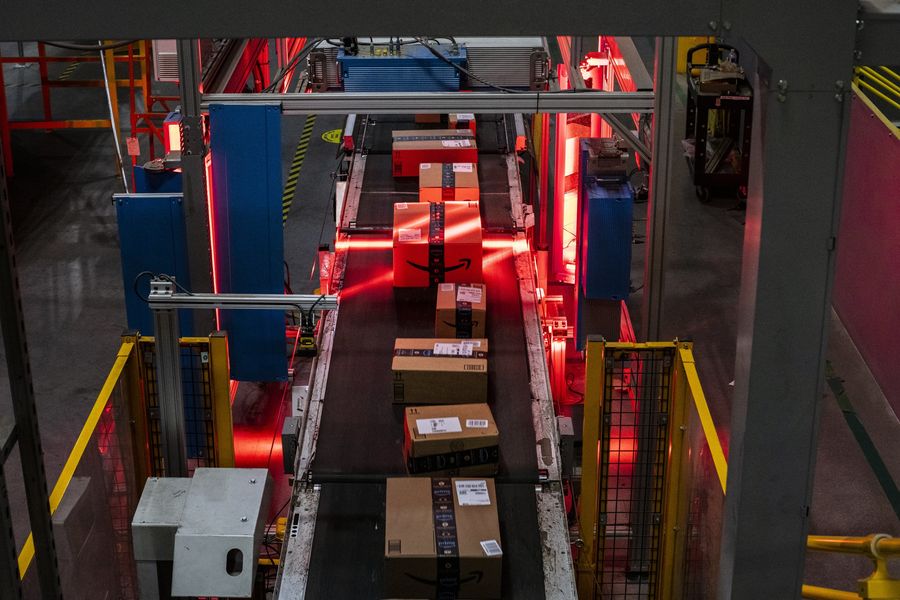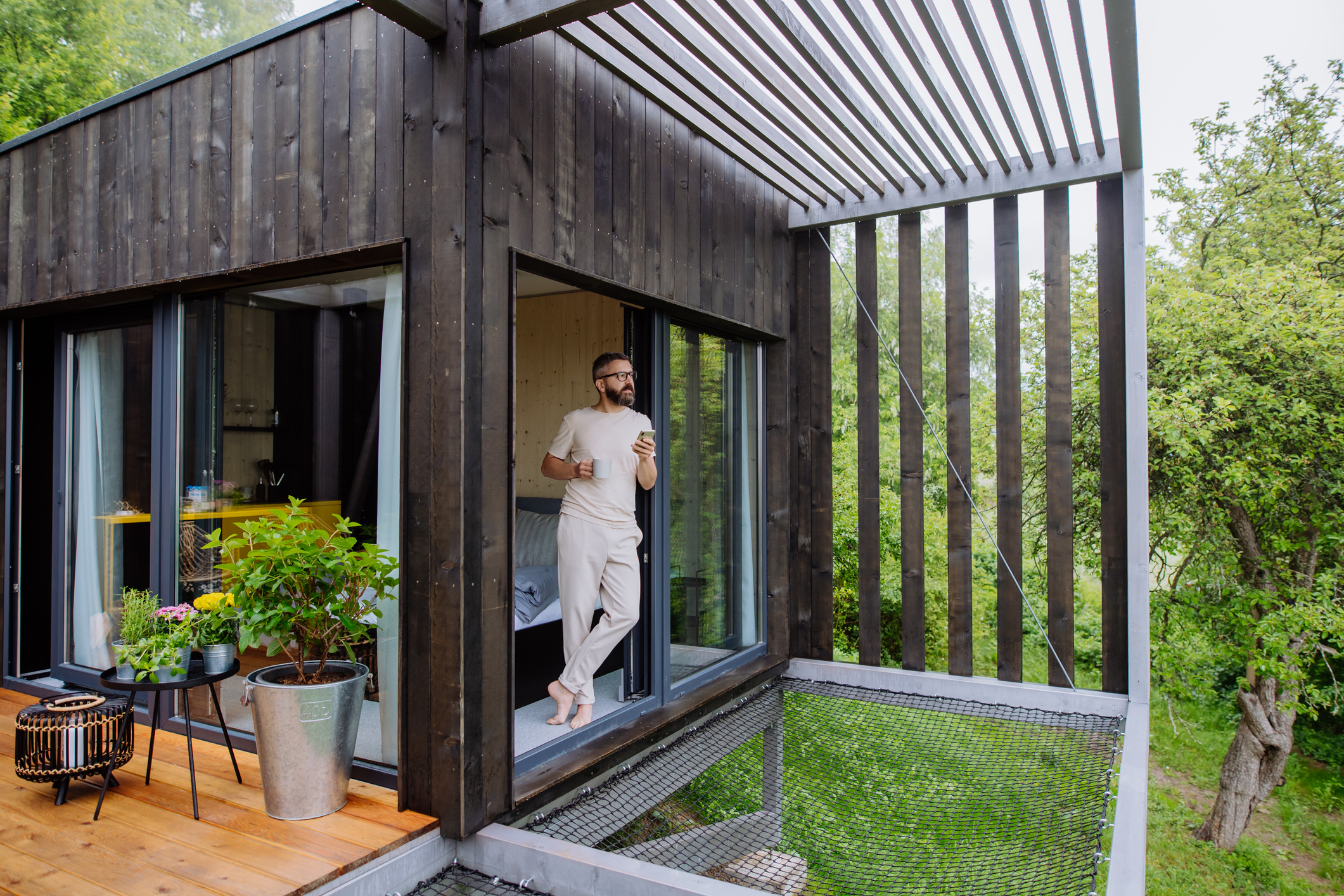The Online Bank That Wants To Reshape Work And Money
Shifts in benefits and investing are here to stay, says TS Anil, global chief executive of Monzo Bank.
If the pandemic changed the way people view their jobs, it may have also ushered in a new challenge for managers: how to keep reshaping work for years to come.
The desire for flexibility and a rethinking of workers’ relationships with their employers are likely to remain well into the future, putting pressure on employers to respond, says TS Anil, global chief executive of Monzo Bank. The online bank based in London officially launched U.S. operations earlier this year; it employs more than 2,500 people globally. Monzo doesn’t have physical banks but instead is based on a digital app that consolidates a user’s financial information and has tools like bots that can direct money into certain categories–say, saving for a future home.
Born in India, Mr. Anil has worked around the world at companies including Standard Chartered, Citigroup and Capital One. He was global head of payment products and platforms at Visa before joining Monzo in 2020.
He says he has spent much time in recent months considering where work is headed and how the financial-technology company’s own workplace policies should evolve. Monzo this year rolled out a three-month paid-sabbatical program for staffers who have been at the company four years or more. Such efforts reflect a desire to find ways to better support employees, Mr. Anil says.
The company is also aiming to stay ahead of changes in the ways consumers manage their finances while competing with its larger bank rivals. Mr. Anil spoke with The Wall Street Journal about what he’s focused on next.
The job market right now is tight–workers have more leverage, and employers have responded. Five years from now, will employees have as much power as they do today?
What has continued to change slowly over the last several years—but then Covid quite possibly accelerated—is the shift in mindset about what it means to work. People, increasingly, don’t want their jobs to just be about, “I go do this, and I get a paycheck.” People want meaning from their work, people want the ability to work in ways that work around their lives effectively. That shift creates opportunity for companies like us who are leading the way in terms of understanding what employees want and are willing to not be anchored to a historical way of doing things. So, yeah, I don’t think things go back in five years; this is an important cultural shift, and it’s a welcome cultural shift.
What are the new benefits companies will need to offer in the future to get employees to stay?
It’s hard to speculate on specific benefits. At Monzo, we’ve always been about our values. One is this idea that you help everyone belong. And it means we come up with ways that we can institutionalize policy to make everyone get that sense of what works best for them. We announced additional paid leave for colleagues of ours who suffer pregnancy loss, or who are undergoing fertility treatments.This is one of those where it feels like this should have always been offered by companies around the world.
What was it that prompted you to start offering paid sabbaticals?
We’re now going on seven years old, and building a bank—or really any kind of tech company—and scaling it is a marathon not a sprint. And we’re at the stage where enough of our employees have put in a few years of incredibly hard work. As we built it out, it felt like a good time to give people the ability to take a break, recharge, come back with even more energy to continue this marathon that we’re all excited to be on.
What has the response been like—how many people have signed up for a sabbatical?
I don’t have the numbers that add up how many we’ve already done since we’ve announced it, but lots of people have queued it up in terms of what they want to do in a few months, at the end of the year, early next year, and so on. So the response has been amazing.
When you look at banking, what’s the biggest change you expect to see in the industry in the next 10 years?
The biggest thing that I hope we see is making money work for everyone, which means really giving people the tools to make great decisions for themselves, to help them understand and make sense of their money. It’s still amazing and sad how little customers around the world are supported in all decisions related to their money. It’s such a source of anxiety for customers, that I’m hoping that, in the next decade, as an industry, we’ve solved that problem.
Is there a specific shift you foresee in how people will manage their money?
What I aspire to for us is that across all of your financial needs—whether it’s spending, paying, transacting borrowing, saving, investing—all of that happens in a single place. So as an individual trying to make sense of my money, I can see it all in one place; I can visualize it, I can analyze it.
What are the challenges you feel the company will need to overcome to fulfil this vision?
It’s important for us that we continue to evolve our culture for the scale that we’re growing into. That’s probably the single biggest one, to make sure that you preserve the best aspects of your culture—what we internally describe as the golden threads. Keep the golden threads, let go of the stuff that’s not working and keep evolving it. If you can get that right, then you can continue to scale and continue to have impact.
What will your job or industry look like in 2030?
It is making money work: taking the anxiety out of it for [customers] and replacing it with a sense of control and the sense that their money is working. It’s this idea of a single financial control centre—it’s in one place, they get in there, and they understand across the financial needs what the best choices are and they’re able to make them. The fundamental job of CEO is to enable the team to do the best work of their lives, and do it in a context of creating better and better outcomes for customers and for the company as a whole. So the fundamentals don’t change; that will remain the job of the CEO.
OK, five years from now, will people be working in offices more or less than today?
We joke inside the company that, what people talk about as the future of work, we talk about the now of work. Even before Covid-19, we were remote enabled; hybrid work was a reality for us anyway. Technology enables remoteness, but the human need for connection is just as real. The interplay between these two forces, I think, is what the future will be informed by. I’ve never thought of the future as being sort of homogenous, just like the present is not homogenous, right? Even in the same country, in the same company, people have different realities. The future will not be different.
Reprinted by permission of The Wall Street Journal, Copyright 2021 Dow Jones & Company. Inc. All Rights Reserved Worldwide. Original date of publication: May 6, 2022.
 Copyright 2020, Dow Jones & Company, Inc. All Rights Reserved Worldwide. LEARN MORE
Copyright 2020, Dow Jones & Company, Inc. All Rights Reserved Worldwide. LEARN MORE
This stylish family home combines a classic palette and finishes with a flexible floorplan
Just 55 minutes from Sydney, make this your creative getaway located in the majestic Hawkesbury region.
The marketplace has spoken and, at least for now, it’s showing preference for hybrids and plug-in hybrids (PHEVs) over battery electrics. That makes Toyota’s foot dragging on EVs (and full speed ahead on hybrids) look fairly wise, though the timeline along a bumpy road still gets us to full electrification by 2035.
Italian supercar producer Lamborghini, in business since 1963, is also proceeding, incrementally, toward battery power. In an interview, Federico Foschini , Lamborghini’s chief global marketing and sales officer, talked about the new Urus SE plug-in hybrid the company showed at its lounge in New York on Monday.

Lamborghini
The Urus SE SUV will sell for US$258,000 in the U.S. (the company’s biggest market) when it goes on sale internationally in the first quarter of 2025, Foschini says.
“We’re using the contribution from the electric motor and battery to not only lower emissions but also to boost performance,” he says. “Next year, all three of our models [the others are the Revuelto, a PHEV from launch, and the continuation of the Huracán] will be available as PHEVs.”
The Euro-spec Urus SE will have a stated 37 miles of electric-only range, thanks to a 192-horsepower electric motor and a 25.9-kilowatt-hour battery, but that distance will probably be less in stricter U.S. federal testing. In electric mode, the SE can reach 81 miles per hour. With the 4-litre 620-horsepower twin-turbo V8 engine engaged, the picture is quite different. With 789 horsepower and 701 pound-feet of torque on tap, the SE—as big as it is—can reach 62 mph in 3.4 seconds and attain 193 mph. It’s marginally faster than the Urus S, but also slightly under the cutting-edge Urus Performante model. Lamborghini says the SE reduces emissions by 80% compared to a standard Urus.
Lamborghini’s Urus plans are a little complicated. The company’s order books are full through 2025, but after that it plans to ditch the S and Performante models and produce only the SE. That’s only for a year, however, because the all-electric Urus should arrive by 2029.

Lamborghini
Thanks to the electric motor, the Urus SE offers all-wheel drive. The motor is situated inside the eight-speed automatic transmission, and it acts as a booster for the V8 but it can also drive the wheels on its own. The electric torque-vectoring system distributes power to the wheels that need it for improved cornering. The Urus SE has six driving modes, with variations that give a total of 11 performance options. There are carbon ceramic brakes front and rear.
To distinguish it, the Urus SE gets a new “floating” hood design and a new grille, headlights with matrix LED technology and a new lighting signature, and a redesigned bumper. There are more than 100 bodywork styling options, and 47 interior color combinations, with four embroidery types. The rear liftgate has also been restyled, with lights that connect the tail light clusters. The rear diffuser was redesigned to give 35% more downforce (compared to the Urus S) and keep the car on the road.
The Urus represents about 60% of U.S. Lamborghini sales, Foschini says, and in the early years 80% of buyers were new to the brand. Now it’s down to 70%because, as Foschini says, some happy Urus owners have upgraded to the Performante model. Lamborghini sold 3,000 cars last year in the U.S., where it has 44 dealers. Global sales were 10,112, the first time the marque went into five figures.
The average Urus buyer is 45 years old, though it’s 10 years younger in China and 10 years older in Japan. Only 10% are women, though that percentage is increasing.
“The customer base is widening, thanks to the broad appeal of the Urus—it’s a very usable car,” Foschini says. “The new buyers are successful in business, appreciate the technology, the performance, the unconventional design, and the fun-to-drive nature of the Urus.”
Maserati has two SUVs in its lineup, the Levante and the smaller Grecale. But Foschini says Lamborghini has no such plans. “A smaller SUV is not consistent with the positioning of our brand,” he says. “It’s not what we need in our portfolio now.”
It’s unclear exactly when Lamborghini will become an all-battery-electric brand. Foschini says that the Italian automaker is working with Volkswagen Group partner Porsche on e-fuel, synthetic and renewably made gasoline that could presumably extend the brand’s internal-combustion identity. But now, e-fuel is very expensive to make as it relies on wind power and captured carbon dioxide.
During Monterey Car Week in 2023, Lamborghini showed the Lanzador , a 2+2 electric concept car with high ground clearance that is headed for production. “This is the right electric vehicle for us,” Foschini says. “And the production version will look better than the concept.” The Lanzador, Lamborghini’s fourth model, should arrive in 2028.
Just 55 minutes from Sydney, make this your creative getaway located in the majestic Hawkesbury region.
Consumers are going to gravitate toward applications powered by the buzzy new technology, analyst Michael Wolf predicts























